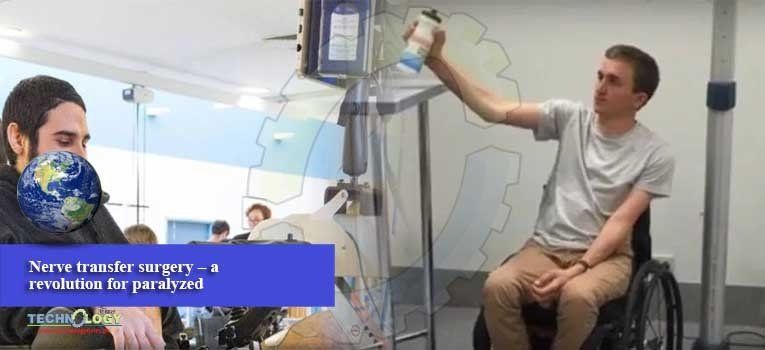Surgeons in Australia successfully attached nerves connected to working muscles above the spinal injury to nerve attached to paralyzed muscle below.

The working nerves were then able to ‘reanimate’ the paralysed muscle in people with tetraplegia, the paralysis of the upper and lower limbs. The developments have been hailed as a ‘major advance’ in restoring movements of hands and arms.
Researchers transferred 59 nerves that allow for more natural and precise movement, while tendon transfers help restore power and heavy lifting ability. The research has been called revolutionary for people who are paralyzed.
Dr Natasha van Zyl from Austin Health in Melbourne said: ‘We believe that nerve transfer surgery offers an exciting new option, offering individuals with paralysis the possibility of regaining arm and hand functions to perform everyday tasks, and giving them greater independence and the ability to participate more easily in family and work life.
The nerve transfers can be successfully combined with traditional tendon transfer techniques to maximize benefits. Now, the patients were able to open and close their hands to perform every day tasks.
Up until now, tendon transfers have been used to reconstruct upper limb function, with working muscles ‘surgically re-sited’ to replace paralysed ones.
The nerve transfer surgery allows for the direct reanimation of the paralyzed muscle, can reanimate more than one muscle and means less recovery time. It should be performed within 6-12 months of the paralysis and it can take months for nerve regrowth into the paralyzed muscle to occur.